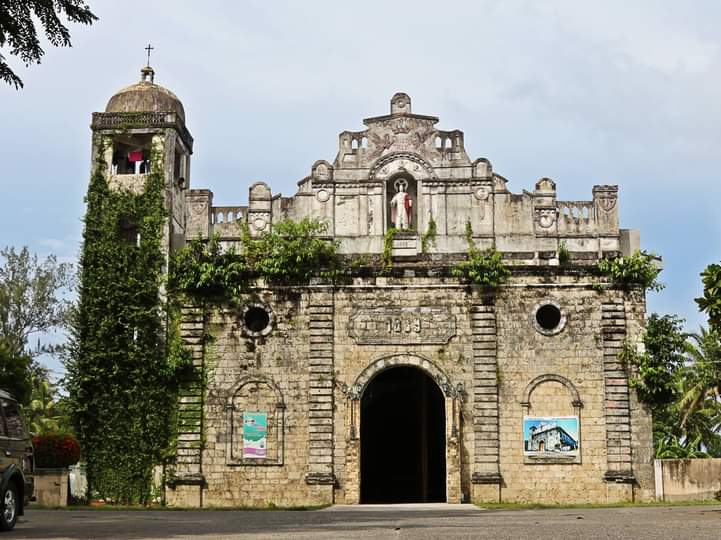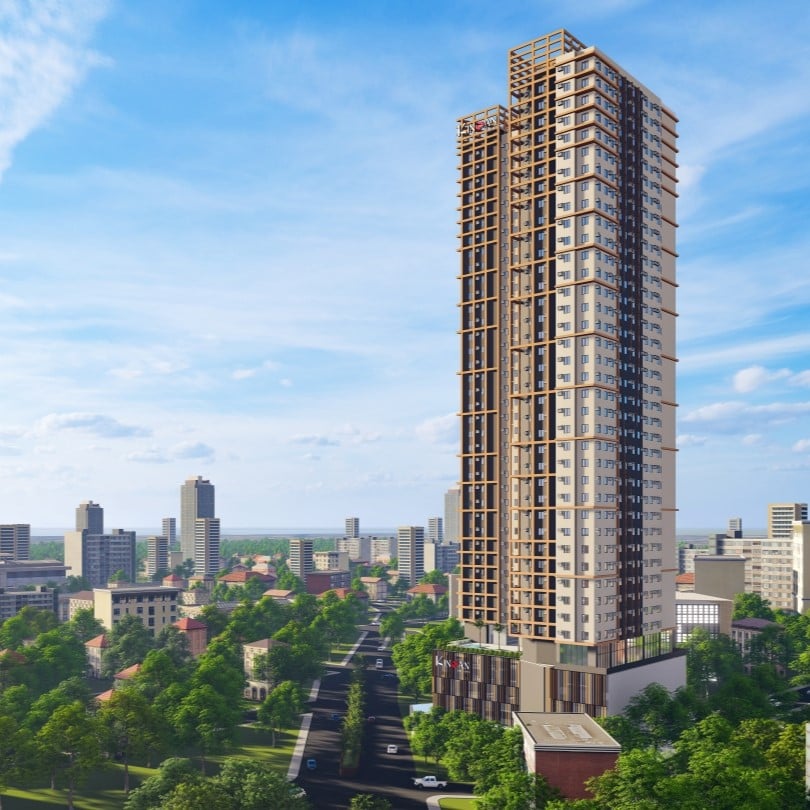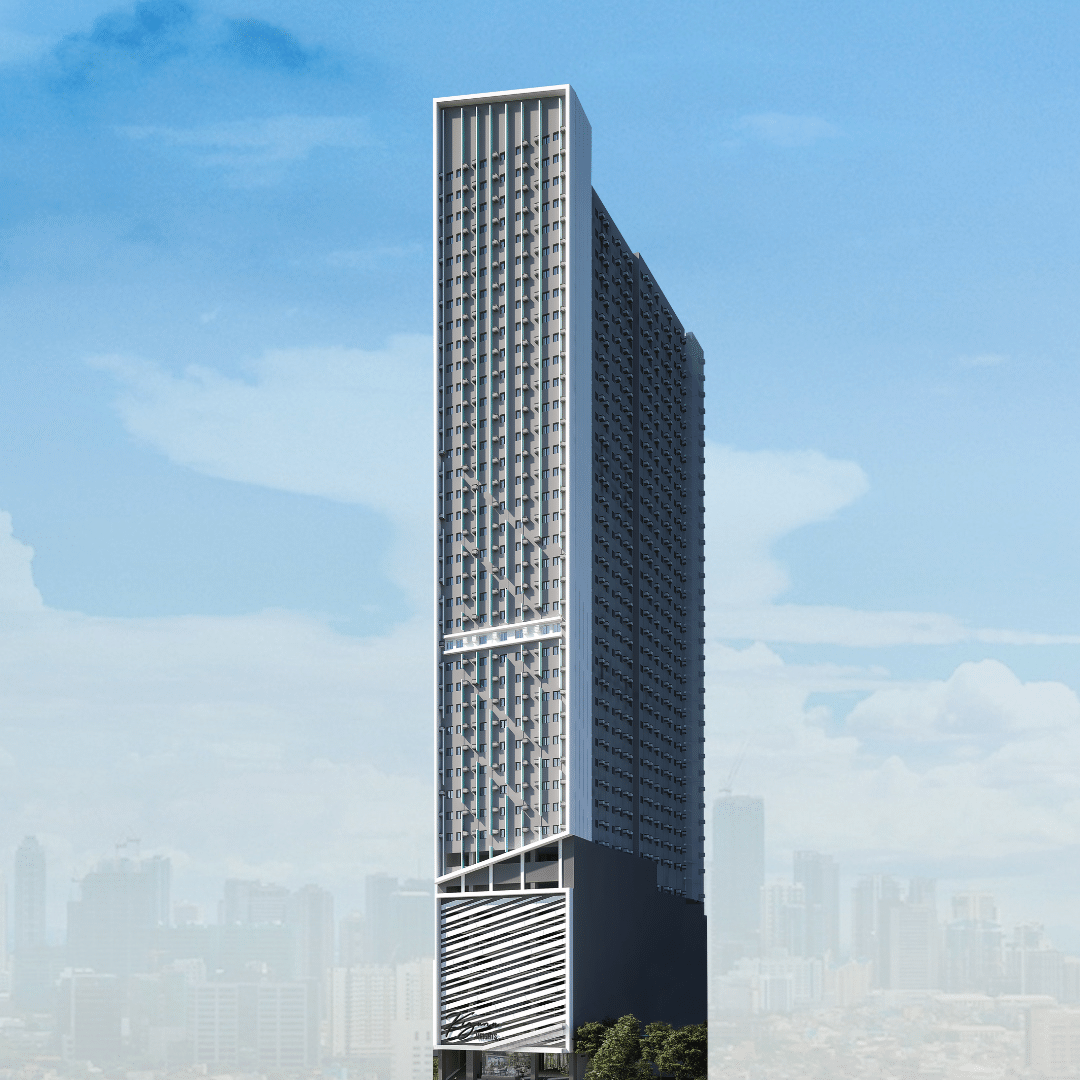Known to be a dominant Christian country, the Philippines is one of the many countries with Spanish influence that critically celebrates the Lenten Season.
Catholic architecture in the likes of church, cathedral, and minor basilica (some belong to the UNESCO World Heritage List) are visible in most corners of the country - may it be in rural or urban areas.
As reflected in Christianity's visible presence, there is no doubt Lenten Season, specifically, Holy Week, is not just a time for a well-deserved week off but is considered to be a national cultural treasure that is meant to be celebrated solemnly.
Filipinos are globally known for their unmatched hospitality, especially to tourists and foreign migrants. But such a personality is just the tip of an iceberg-like, multi-layered culture that was adapted through history. Religion, for example, is deeply rooted all the way from its Spanish heritage.
Numerous terms that are still being used were either adapted or "enhanced" from their Spanish counterpart. The last names are heavily from Spanish roots. World-renowned delicious food like sinigang and adobo, can be traced all the back to the Spanish Era. Intramuros, a national historical landmark, stood as early as the Spanish became established in the country - it's a no-brainer since the country was conquered for three centuries.
Unsurprisingly, these adapted traditions paved the way for commemorating spiritual activities like Holy Week, thus the birth of Visita Iglesia. But how exactly does this start?
Visita Iglesia: How it started
Visita Iglesia (Church visit) is a key part of the Holy Week vacation tradition of every Filipino. The practice involves a visit to 7 churches, mostly by devotees.
Some can take a day to finish the whole 7-day visit, but commonly, people make use of the whole week to complete it. They start on Maundy Thursday and ending it during Easter Sunday.
The purpose of this activity is to originally give honor to the blessed sacrament, but Filipinos make use of this time to reflect and repent their shortcomings. Also, much like the tradition of "Simbang Gabi," it is known that if one completes the 7-day visit to these churches, wishes would eventually come true.
A Brief History
The seven visits were derived from the 7 major churches during the Roman Empire. It is believed that in these churches, the tombs of prominent martyrs were situated. Doing a visit to all of them is a sign of paying respect whilst honoring their martyrdom.
Such a practice began to spread within the Roman Empire and eventually became a tradition during Holy Week. Although the empire eventually collapsed along with this tradition, this practice was then revived afterward - thanks to Pope Boniface VIII.
It suddenly became part of every Pinoy's Holy Week
The arrival of the Spaniards paved the way for Christianity to blossom, and along with the religion itself are its sacred traditions like Visita Iglesia.
In the early times, doing these visits was a challenge. People in far-flung areas cannot travel around their places (much more if through the whole country) so they tend to pray 7 times in the closest parishes.
Fortunately, access to different places became possible thanks to the construction of roads. People can now flock to different historical churches, national shrine, or even parish churches to perform the tradition.
In modern times, Visita Iglesia flourished as not just a simple custom anymore but a tourist vacation. The existence of well-preserved architecture of churches, especially the oldest churches in the country, as well as baroque style churches, made a huge impact in this booming of the tourist economy.
Metro Manila is one of the centers of this tradition. Major baroque churches can be found around Intramuros, like the San Agustin Church and the Manila Cathedral. Sadly, these were the only 2 standing churches in the area, while the other four baroque churches were completely destroyed during WW2.
List of Churches to Visit for Visita Iglesia
Malate Church
Known for its baroque-style facade, Malate church should be on everyone's list during Visita Iglesia. This is also convenient for those living in Metro Manila.
Its unique style, thanks to its twisted column design, which is only used in 2 of the churches in the country, make it more compelling and exciting to visit. Not to mention, the area is also close to the ever-scenic Manila Bay.
The church was constructed with the help of Augustinian Friars and is built to honor Nuestra Señora de Remedios. It is also one of the oldest churches outside Intramuros, so if you feel congested there, make a stop here.
Sta. Cruz Church
Another worth visiting is the Sta. Cruz Church. Named after the Holy Cross, this religious structure was built in the name of Nuestra Señora del Pilar by the Jesuits.
The parish served to cater to the growing Chinese Christian community in the 1600s.
Notable architectural designs are vivid within its facade after its final revamp in the 1950s, making it a picture-perfect destination for Visita Iglesia.
Binondo Church
Another entry within Metro Manila is the Binondo Church.
Minor Basilica of St. Lorenzo Ruiz and Our Lady of the Most Holy Rosary Parish are its two other names. This place also holds a rich history because it is known that San Lorenzo Ruiz, the very first Filipino saint, used to serve in this same parish. This parish was founded by Dominican priests in the 1500s, and its main goal was to convert Chinese residents in the area to Christianity.
Located in front of Plaza San Lorenzo Ruiz, Binondo also has to offer aside from its Chinese descent
St. John Nepomucene Parish Church
Moving towards Southern Luzon, St. John Nepomucene Parish is not just a spiritual destination but an Instagram worthy, too!
This old church in Alfonso, Cavite, is known to store some oldest relics in the Philippines, and it is also believed by the locals that the church is indeed miraculous.
Located away from the busy Metro, this parish achieves a sanctuary feel, making it a perfect spot for repenting and meditating.
Quick fact: the parish was named after a silent saint who died while defending sacramental seals against a conquerer.
San Sebastian Church
Going back to Metro Manila to round out this list - Basilica Minore de San Sebastian.
This church is notable for its impressive architectural design and is also considered to be Asia's only all-steel church which is made from prefabricated steel parts imported from Belgium. This made it as a National Historic Landmark in 1973 and was on the tentative list for inscription for the UNESCO World Heritage List.
Located in Quiapo, Manila, travelers can make a quick trip after a solemn stop by the church.
Filipino culture, especially the Hispanic culture, is rich and still alive. After all, Philippines is the only Christian-dominated country in South East Asia - a sign that these adapted values are still intact and will not yet fade for a long time.
For more information on Vista Residences, email [email protected], follow @VistaResidencesOfficial on Facebook, Twitter, Instagram, and YouTube, or call the Marketing Office at 0999 886 4262 / 0917 582 5167.
_11zon.jpg)
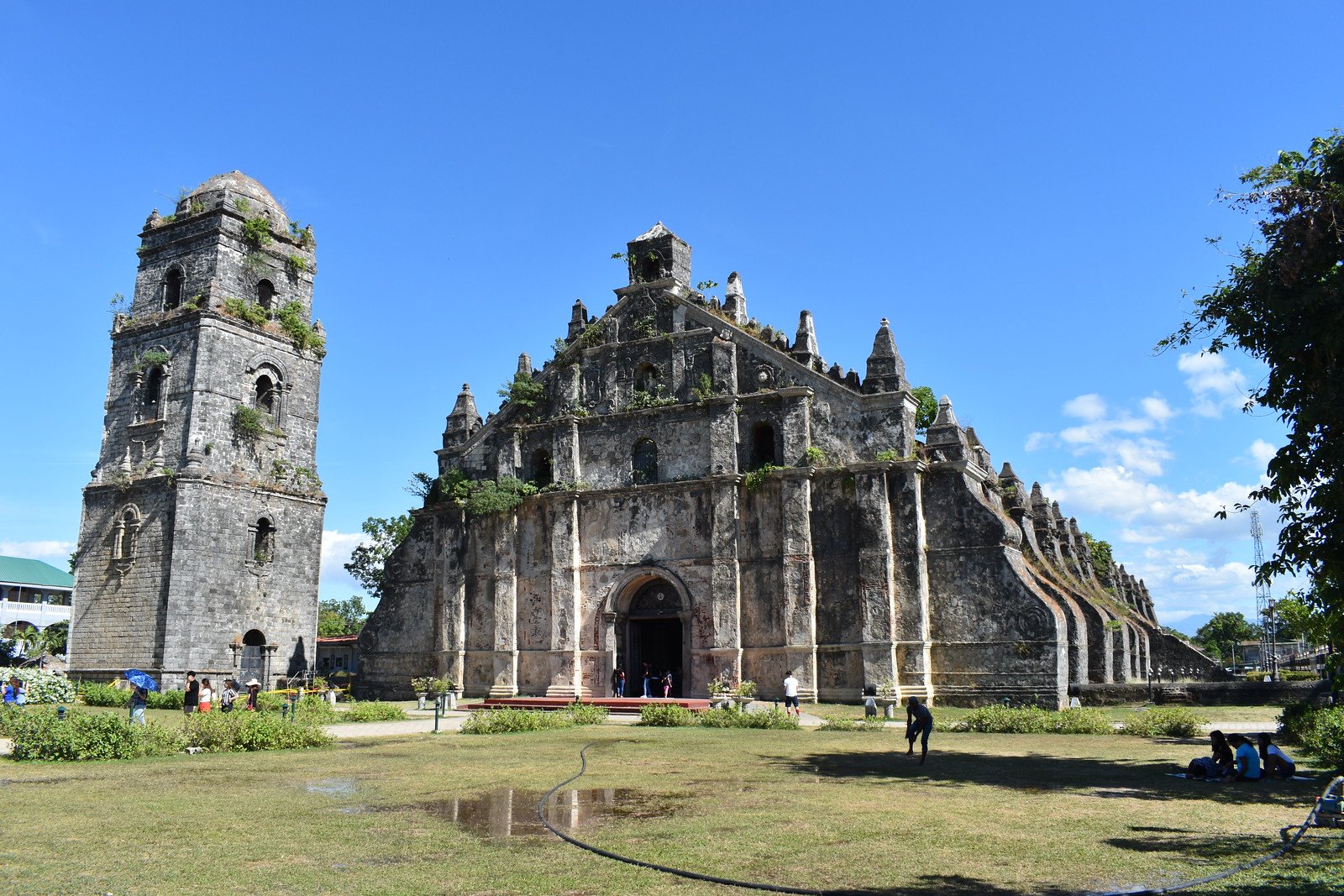
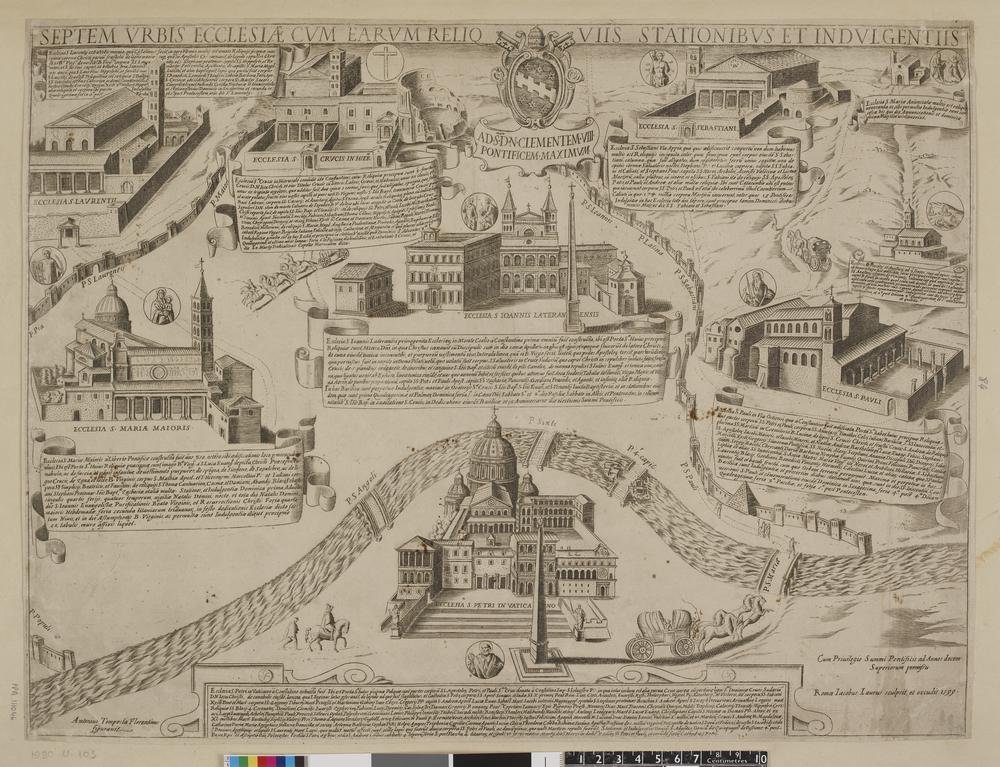
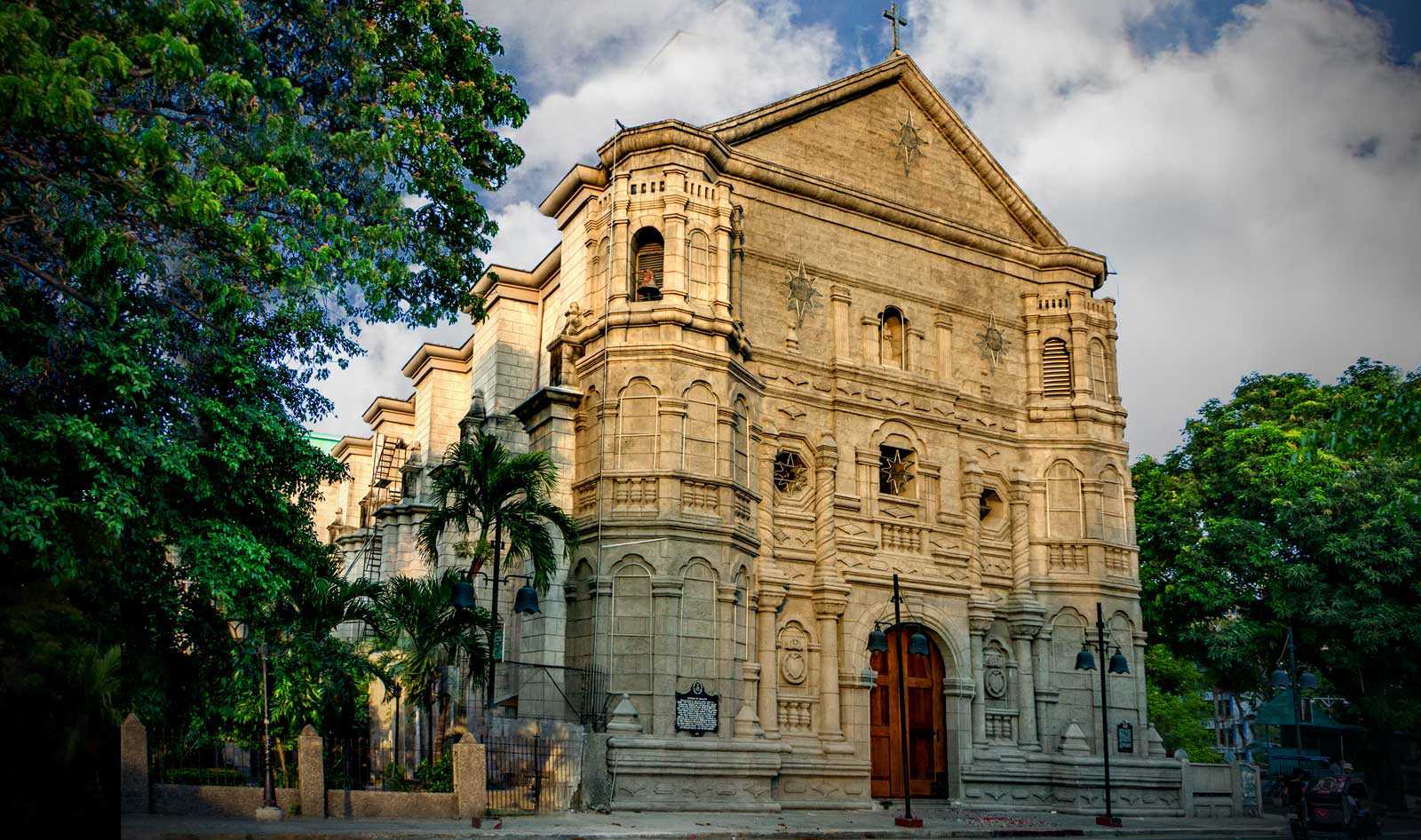

.jpg)
